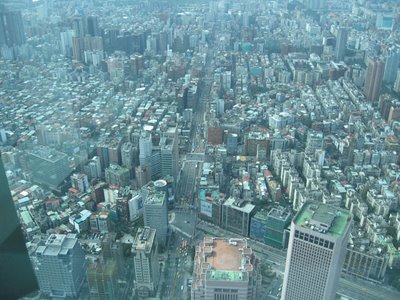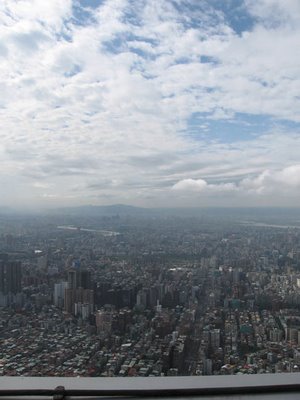I have noticed since I got here that there are a few things that people don't say the same way that they are usually taught. The most obvious example is numbers. I am yet to hear someone say 24 as "er shi si" or 35 as "san shi wu" it is always "er si" and "san wu".
It takes very little thought to understand the price of things in the markets as well, because everything seems to be priced to end in 90 dollars. For example $190 which seems to be very popular for clothing items is said as "yi bai jiu shi kwai", and you very quickly get used to listening to the first part of the phrase only, the "bai jiu shi kwai" part becomes second nature.
I have also spent some time at restaurants and tea houses trying to follow the conversations of about a half dozen people all speaking Mandarin. I have found that I can actually work out the gist of the conversation much more often than I thought I would be able to. However I am also very aware that the possibility of my completely misunderstanding what the conversation is about is very very high. These situations though have given me a very good opportunity to gage what level my Chinese is at. At the moment I would guess that I know about 1/3 to 1/4 of what I need to know to comfortably participate in these conversations. I still have a log way to go, but this is actually very encouraging.
Every where I go here people assume, probably correctly, that foreigners can't speak the language and show some surprise and even amusement when you speak even the simplest phrase. I have even noticed that in some restaurants I am given a different menu than my Chinese companions. Some of these special English menu's can be amusing reading in themselves. One restaurant I was in yesterday server "Siced Pork, siced Beef, and siced lamb".








